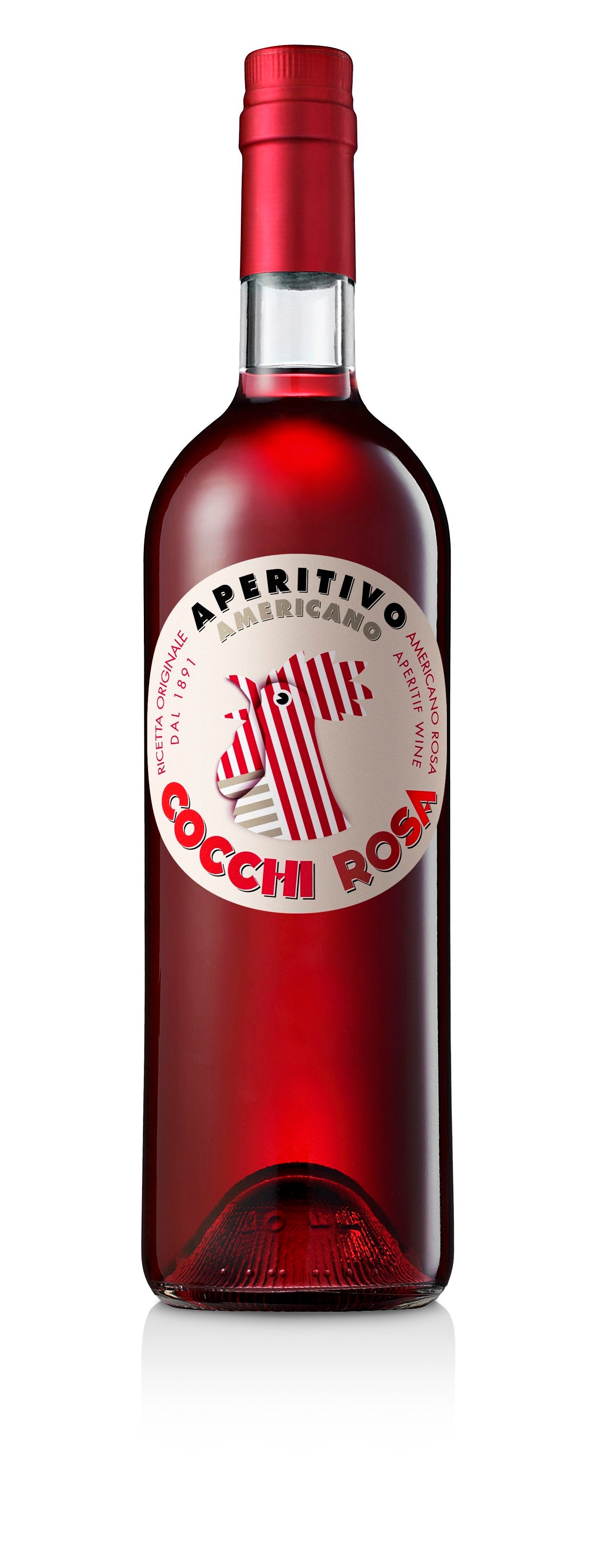1
/
of
1
Cocchi Aperitivo Americano Rose - NV (750ml)
Cocchi Aperitivo Americano Rose - NV (750ml)
Regular price
$24.99
Sale price
$24.99
Regular price
$30.99
Unit price
/
per
Cocchi Americano is an aromatized wine created in 1891 by Giulio Cocchi and since then produced without interruption according to the original recipe.
During its history, Cocchi has produced some variants to its Aperitivo Americano. The most recent is Cocchi Rosa produced with a base of red wines of Piedmont to which herbs and spices extracts are added, in particular gentian, cinchona, citrus zests and rose petals.
Availability:
5 In Stock
$25 Shipping on Orders +$299
Couldn't load pickup availability
Share :

- varietal
- Region
- Sub - Region
- Type
- Reviews
Includes white wines that are either made from a number of varieties and where no one is predominant, or the blend is propitiatory. For other blends see Champagne and Port Blends.
Along with Tuscany, Piedmont is responsible for most of Italy’s greatest wines. Here, Nebbiolo is the king of grapes with the DOCGs of Barolo and Barbaresco supplying a significant amount of the finest examples. Less expensive, but good value Nebbiolos are made within the larger Langhe DOC which Barolo and Barbaresco are both situated in. Barbera and Dolcetto are the region's other important red grapes. Moscato (Muscat) is the most popular white grape, most of which gets used in making Spumante and Frizzante (semi-sparkling) wines, notably those made in and around the town of Asti. Meanwhile, the region's most popular still white wines are made from Cortese and Arneis. Cortese are mostly made in the province of Alessandria and go by the name Gavi, while Arneis is mainly cultivated in Roero, just north west of Alba.
A town and subregion of south east Piedmont and also the name of the sparkling white wine it, along with its larger neighbouring provinces; Cuneo and Alessandria, produces. While the region makes a range of light red wines from native varieties including Barbera, Dolcetto and Gignolino to name a few, it is the Moscato Bianco (Muscat Blanc a Petits Grains) grape that is of most commercial importance. The region produces two differing styles of sparkling, Asti Spumante and Moscato d'Asti. Asti Spumante indicates a fully sparkling off dry style, which is now just referred to as Asti. The spumante was dropped out of its name when it was elevated to DOCG status in 1993 in an attempt by producers to differentiate itself from other regions who also included Spumante in the name of their sparkling wine. Moscato d'Asti is Asti's frizzante (semi-sparkling), sweeter and lower alcohol cousin, typically made with the ripest and healthiest grapes. Unlike Champagne where a second fermentation is carried out in order to make the wine sparkling, Asti and Moscato d'Asti acquires its carbonation during its one and only fermentation in stainless stell tanks. Asti is normally fermented to 7-9.5% abv Asti's and Moscato d'Astis to 5-5.5% abv. Asti's are prized for their pronounced youthful and exotic fruit forward aroma and are therefore generally non vintage, intended for drinking very young. The wines are normally served chilled in Champagne flutes and while quite high in residual sugar good examples will have enough acidity to make them compatible with a range of sweet and savoury dishes.
Vermouth


